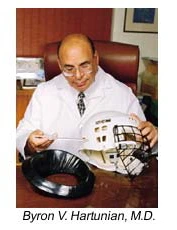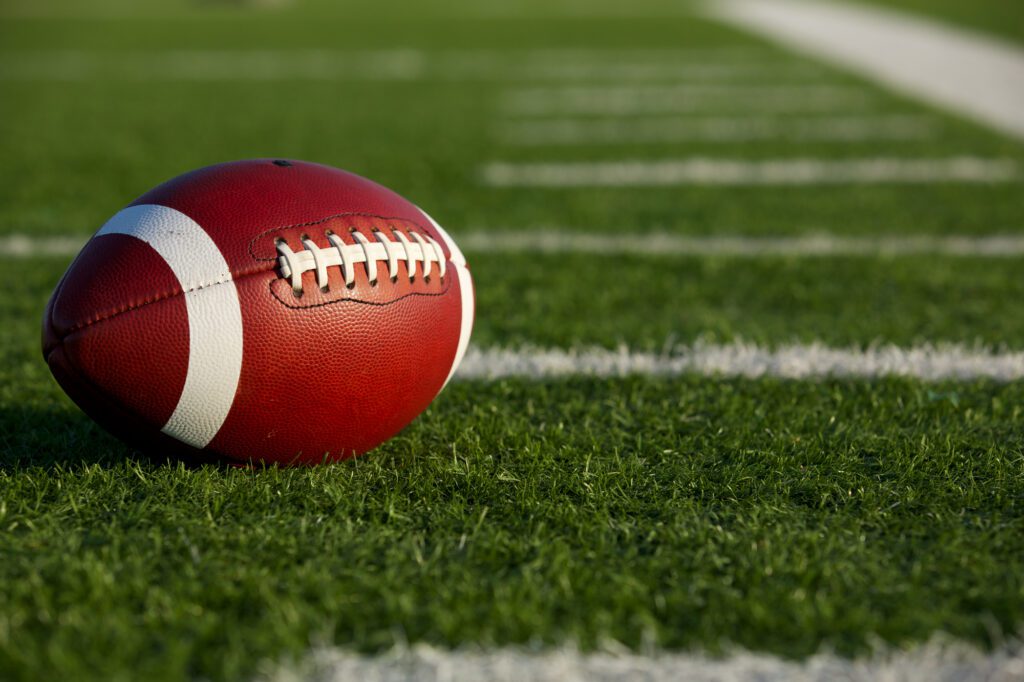
Game-Changing Neck Protection for Game-Changing Athletes
American Football Neck Protection Designed for Maximum Safety
Protect Football Athletes with Premium American Football Neck Protection for Injury Prevention
Specialized Neck Brace for Football Players
L.E.X.BRACE offers American football neck protection and specialized neck braces for football players to help prevent injuries during plays. The risk of head injury in contact and high-speed sports has been considerably reduced with modern helmets. Unfortunately, the forces applied to the neck and brain stem due to hits, crashes, and falls increase when a helmet is worn.
The L.E.X.BRACE (Low Energy eXchange brace), a patented high-impact football neck brace, has been designed to absorb and divert energy away from the neck to the shoulder. As one of the most advanced neck braces for football players, it does not attach to the helmet or shoulder pads. As opposed to other available braces, it will absorb energy in all directions, in particular, the most serious being axial loading and flexion.
The L.E.X.BRACE has been successfully field-tested for 15 years at the high school level. Initial biomechanical testing indicates superior protection by the L.E.X.BRACE compared to a cervical “roll” or “cowboy” collar. Dr. Hartunian, the inventor, is an orthopedic surgeon and sports medicine specialist who has been in practice for over 40 years.
The L.E.X.BRACE is an essential piece of American football neck protection, offering unparalleled neck protection. Its innovative design specifically addresses the risks posed by high-impact collisions on the field, making it a critical component for players aiming to reduce the likelihood of serious neck injuries.
For more information on licensing this patented device, companies or venture capitalists are welcome to contact us.


The Three-Minute L.E.X.BRACE Trailer
The L.E.X.BRACE Story Video
The L.E.X.BRACE Performance Video
Learn About Our Specialized Football Neck Braces.
Learn MoreInitial Biomechanical Testing of the L.E.X.BRACE "Cowboy" and "Roll" Collars
At Wayne State University's Biomechanics Lab in Detroit, MI
Table 1: Maximum Value Obtained During Tests

